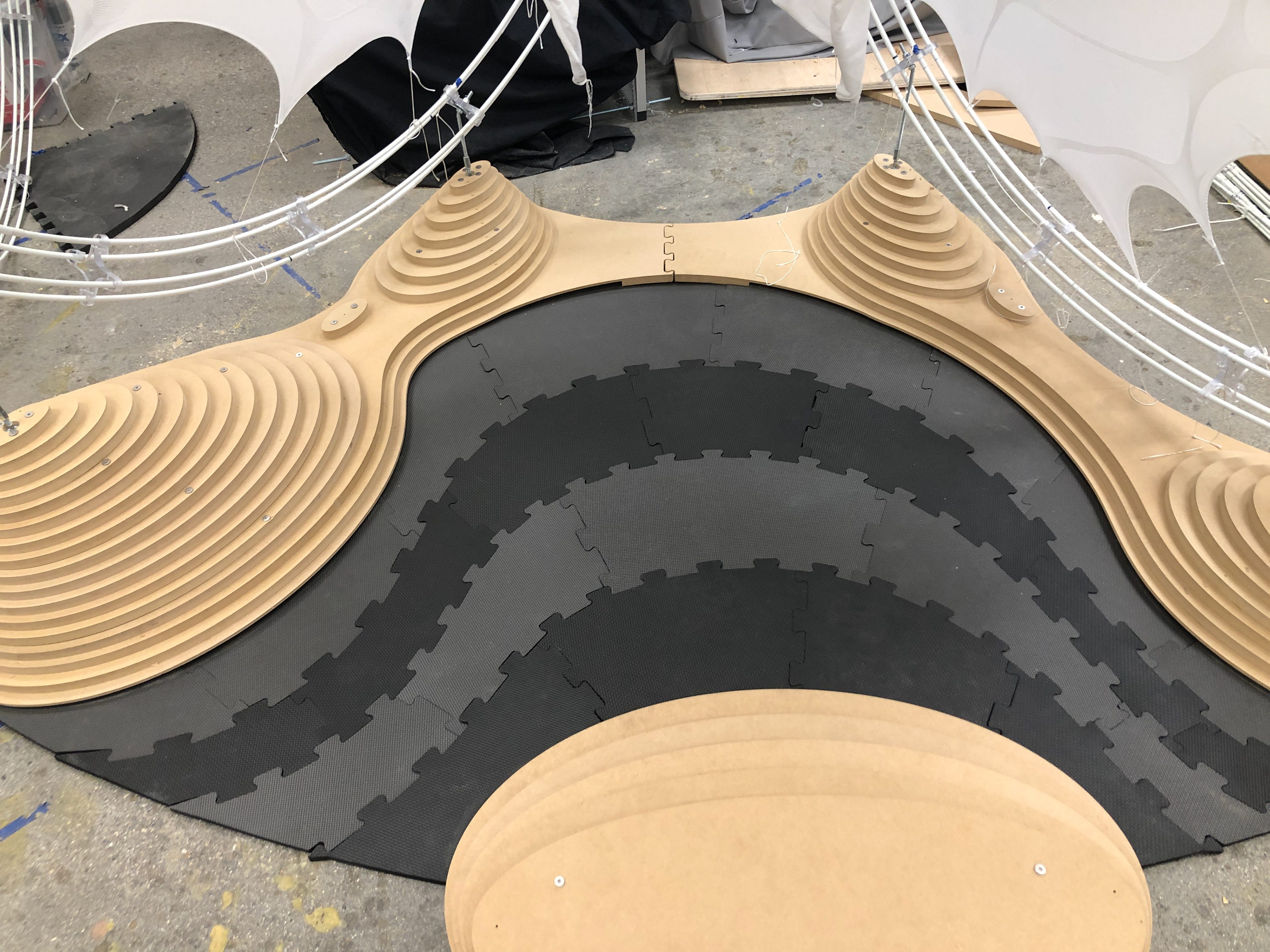Collaborative research in sensory-rich, inclusive environments at the University of Michigan. Individuals with autism spectrum disorder and other special needs can have a unique hyper-awareness of their surroundings. While this can cause anxiety and inhibit their engagement in social spaces, certain sensory experiences can spur enthusiasm, focus, and excitement for social interaction.
Team led by
Professor Sean Ahlquist
U-M Taubman College of Architecture and Urban Planning
Assistant Professor Evgueni Filipov
U-M College of Engineering
----------------------------------------------Researchers and Students
Textile Design, Engineering, and CNC Knit Manufacturing : Tracey Weisman, Yingying Zeng
Structural Design and Engineering : Maria Redoutey
Data and Analysis : Martin Gargaro, Jie Shan
Digital Fabrication : Allison Booth, Ruxin Xie, Christopher Humphrey, Sigeng Chen
----------------------------------------------
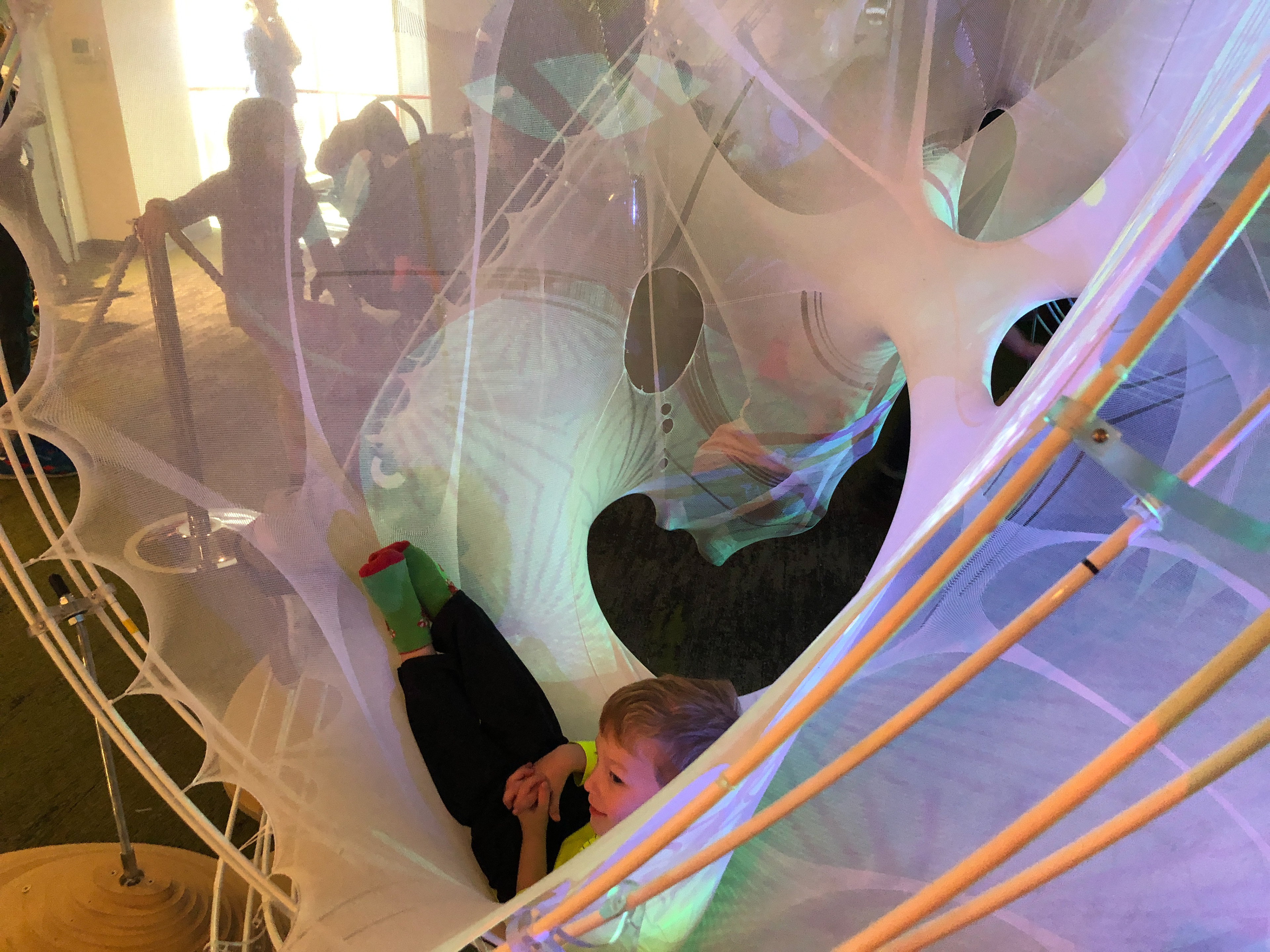
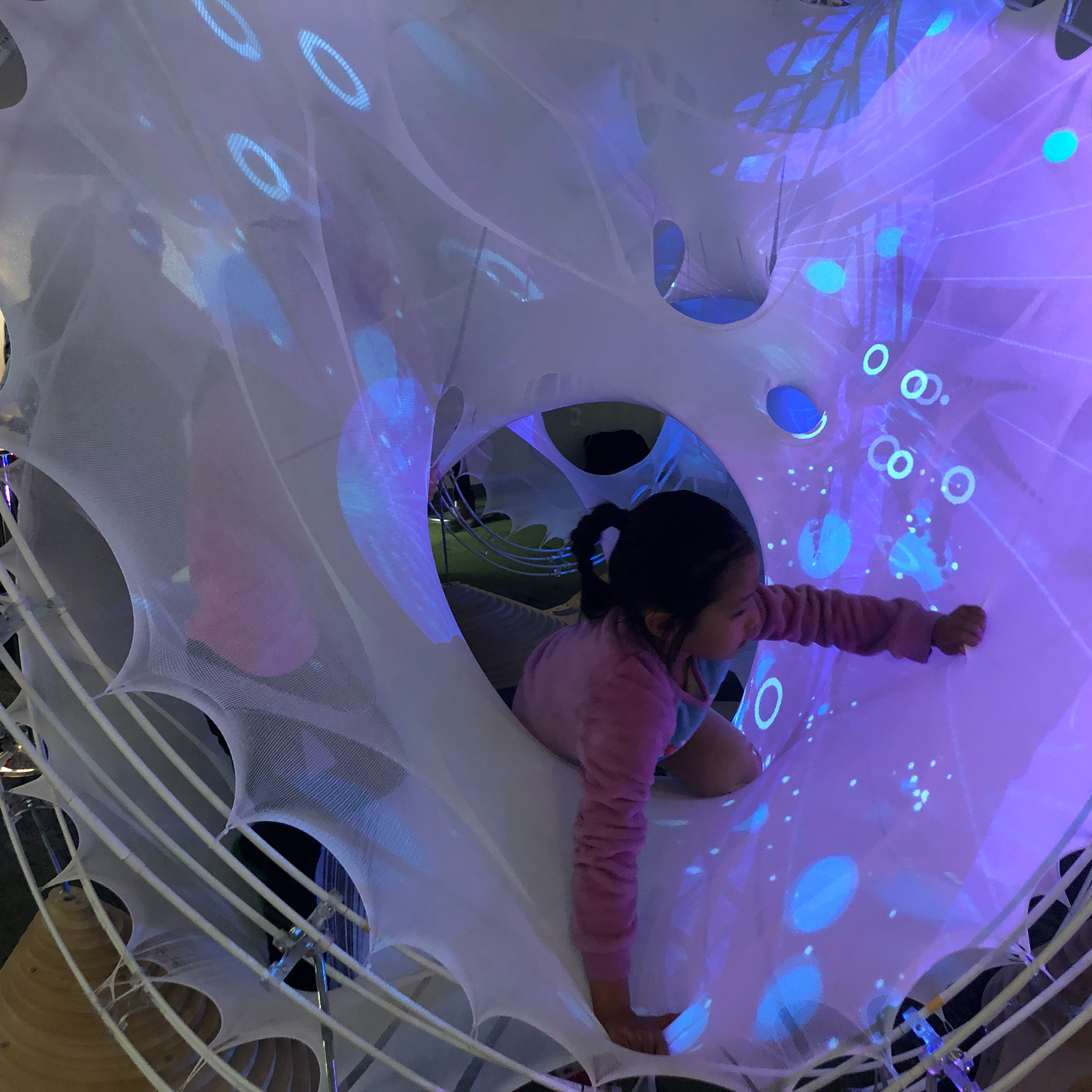
Research led by Sean Ahlquist seeks to create responsive, sensory-rich architectural spaces that satisfy these individuals’ myriad unique, preferred environmental factors. By placing such environments within complete social settings, Ahlquist is exploring how an architectural space can create moments for inclusive experiences between neurotypical and neurodiverse children. Additionally, satisfying an individual’s sensory preferences in visual, tactile, and spatial stimulation could give neurodiverse children the confidence to explore other, more normative architectural spaces and social activities.
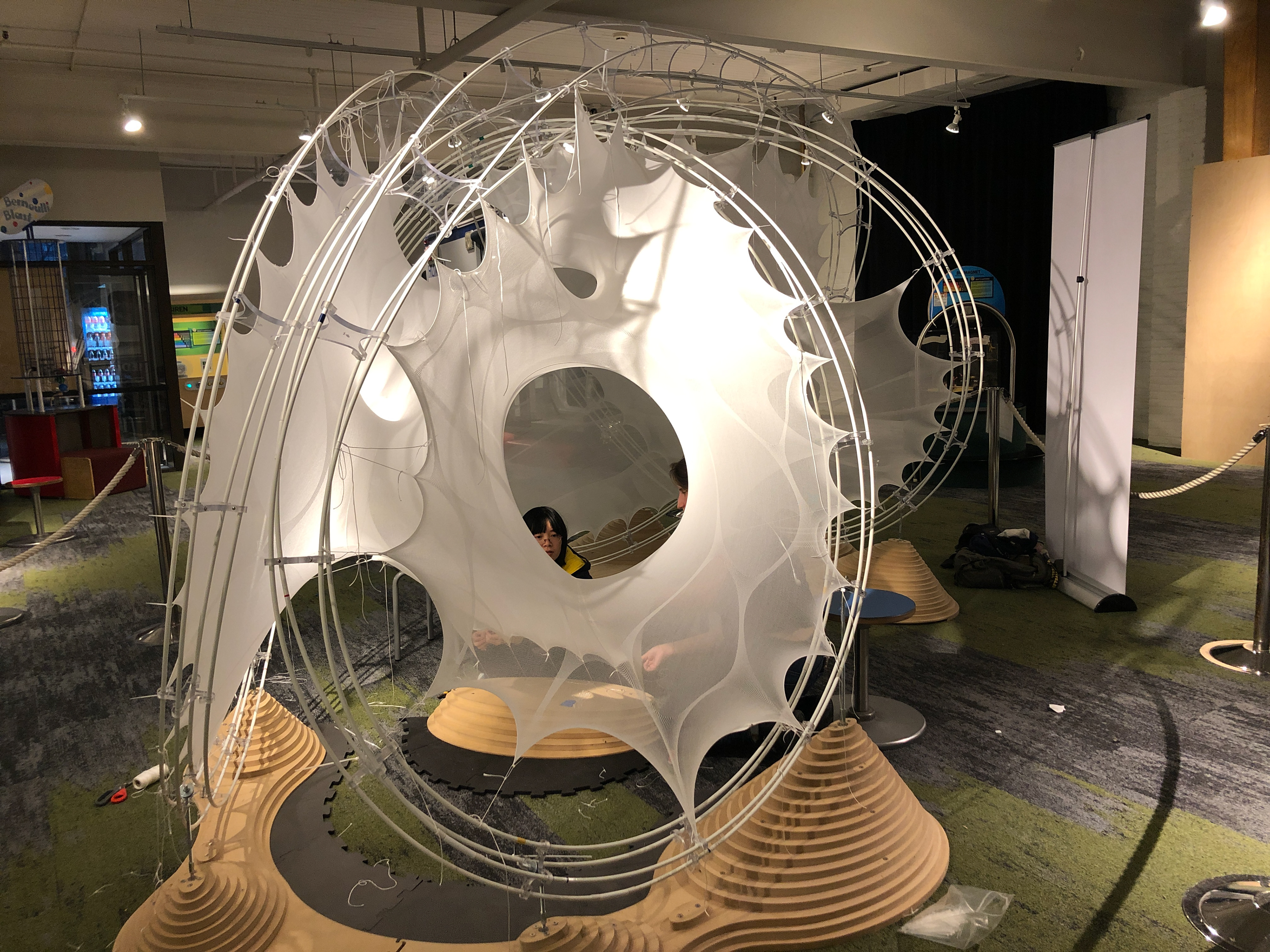
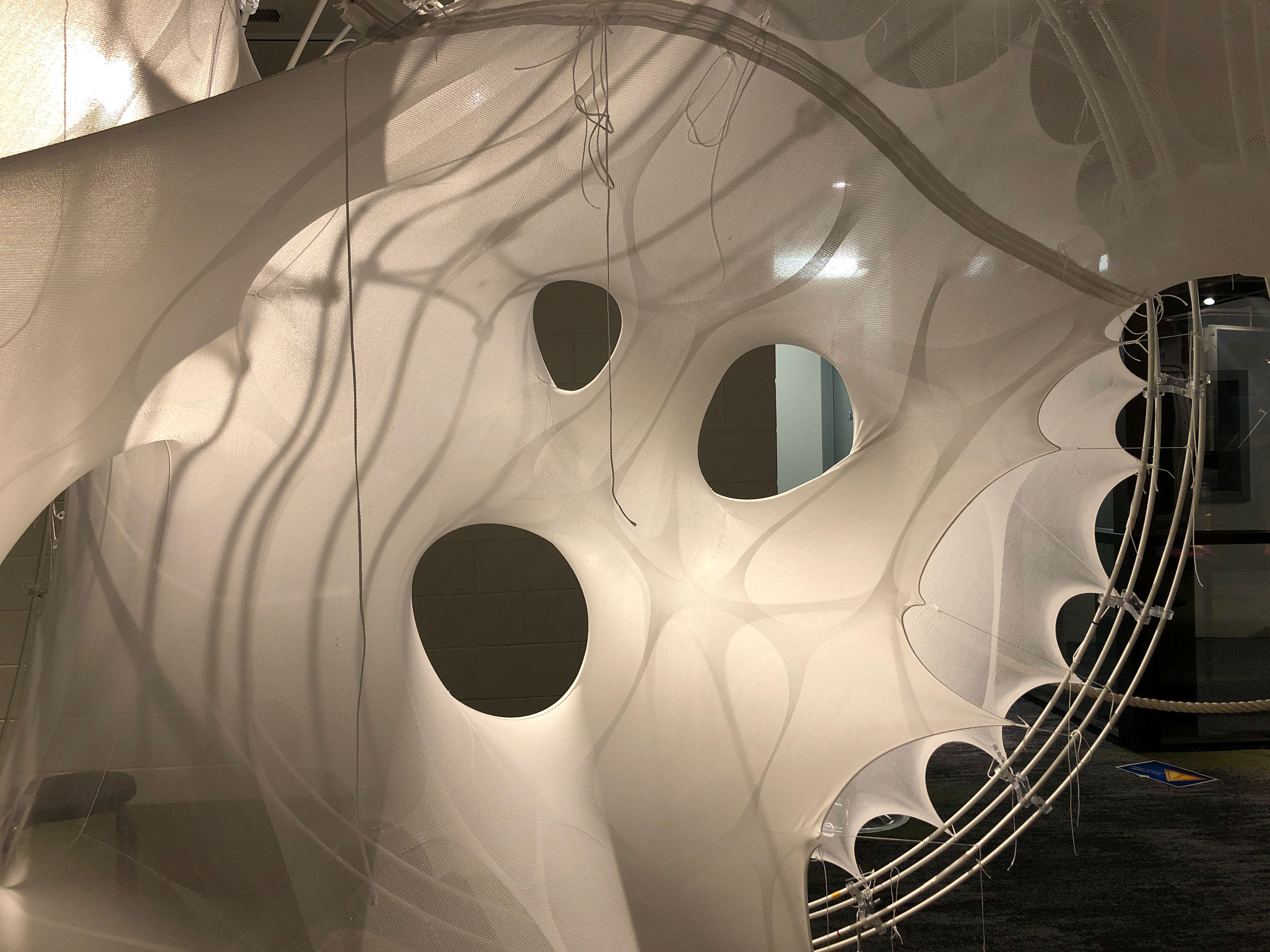
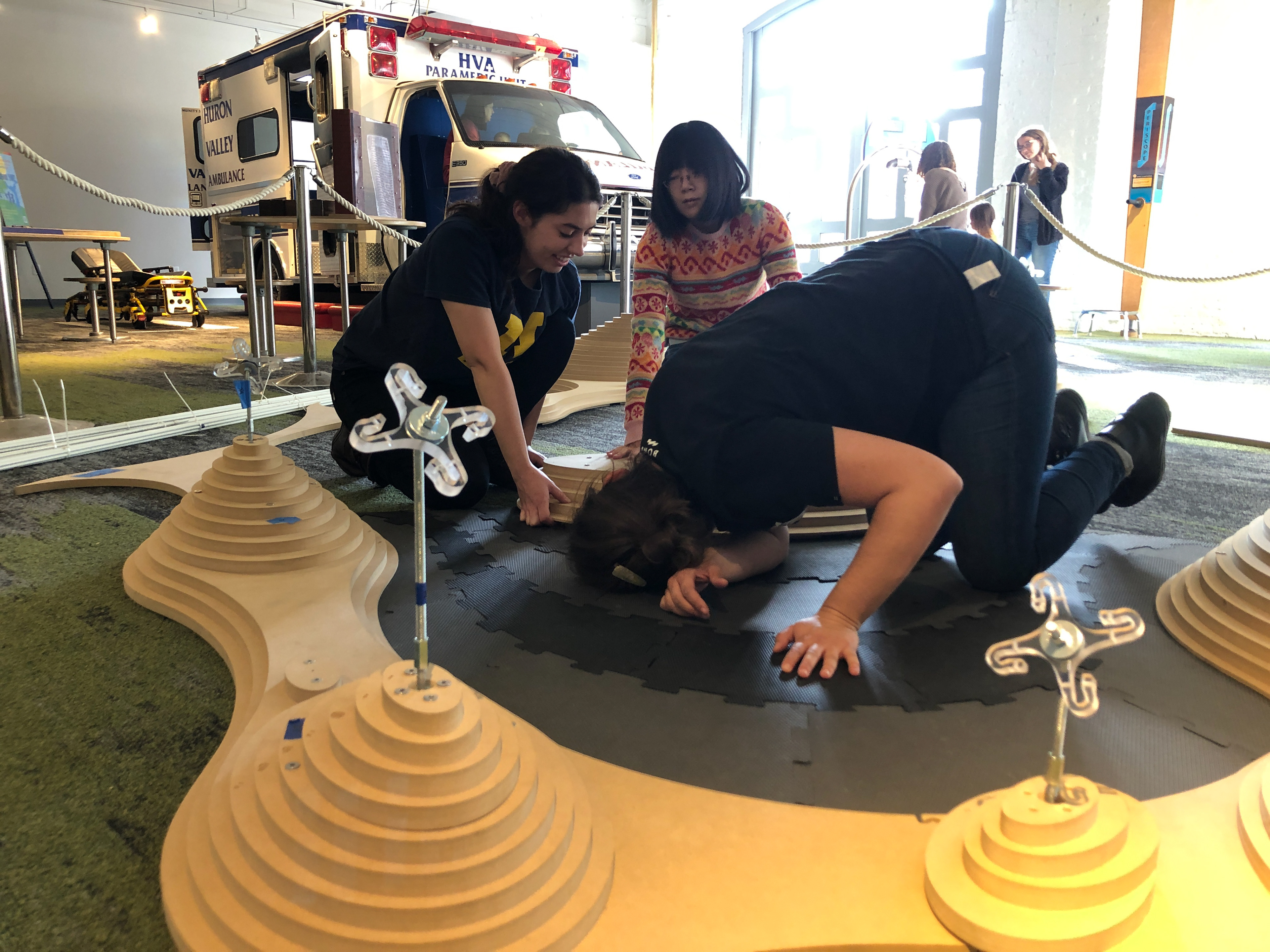
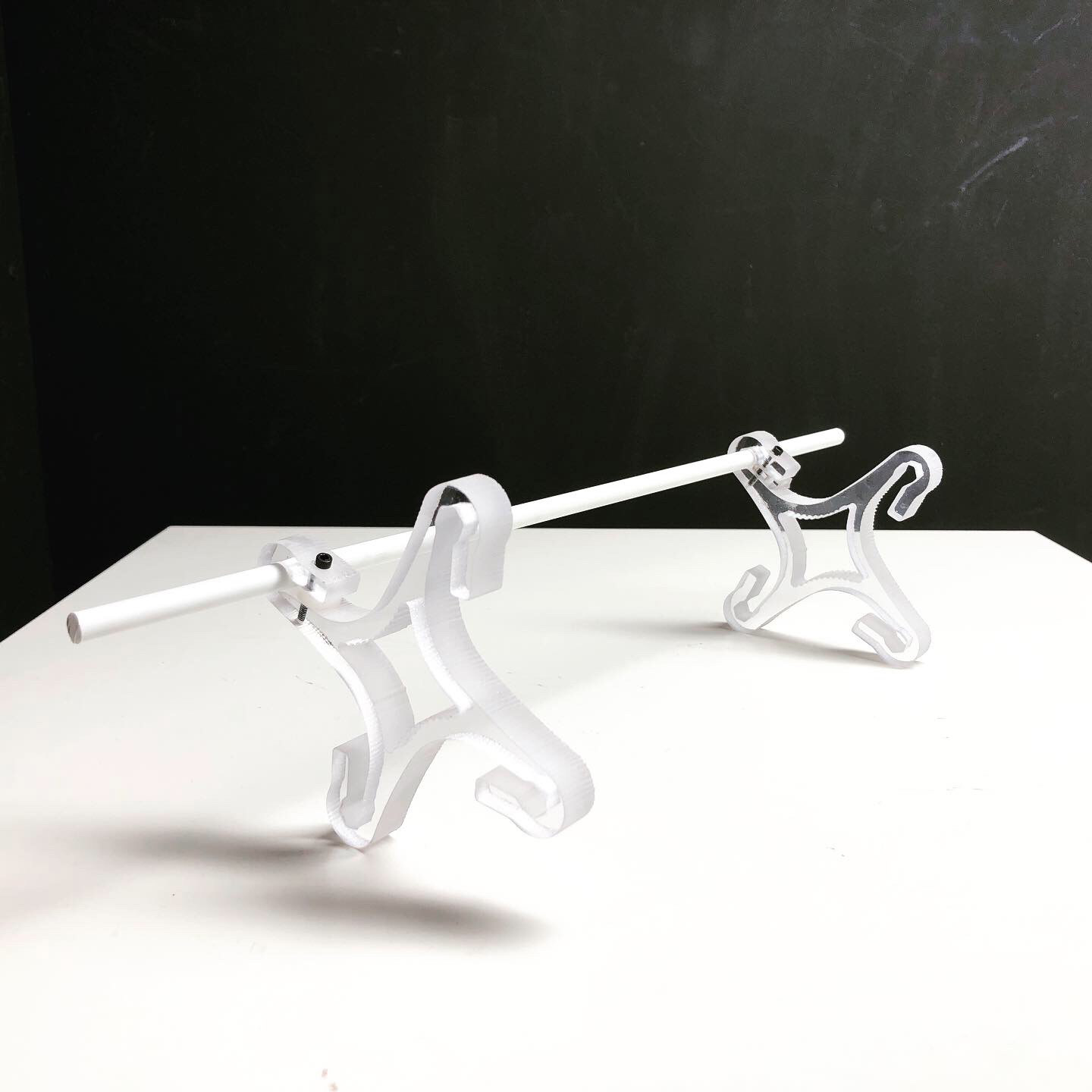
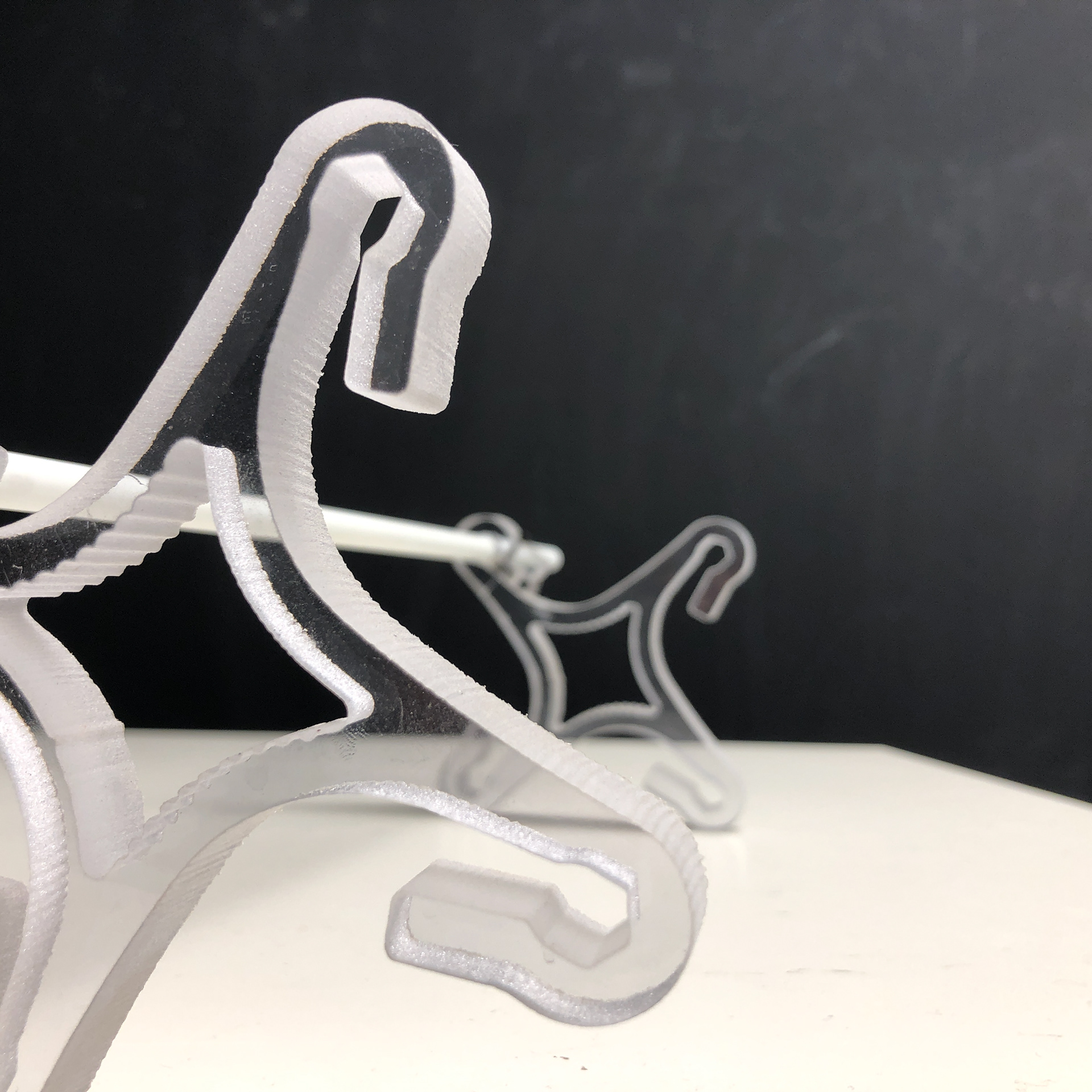
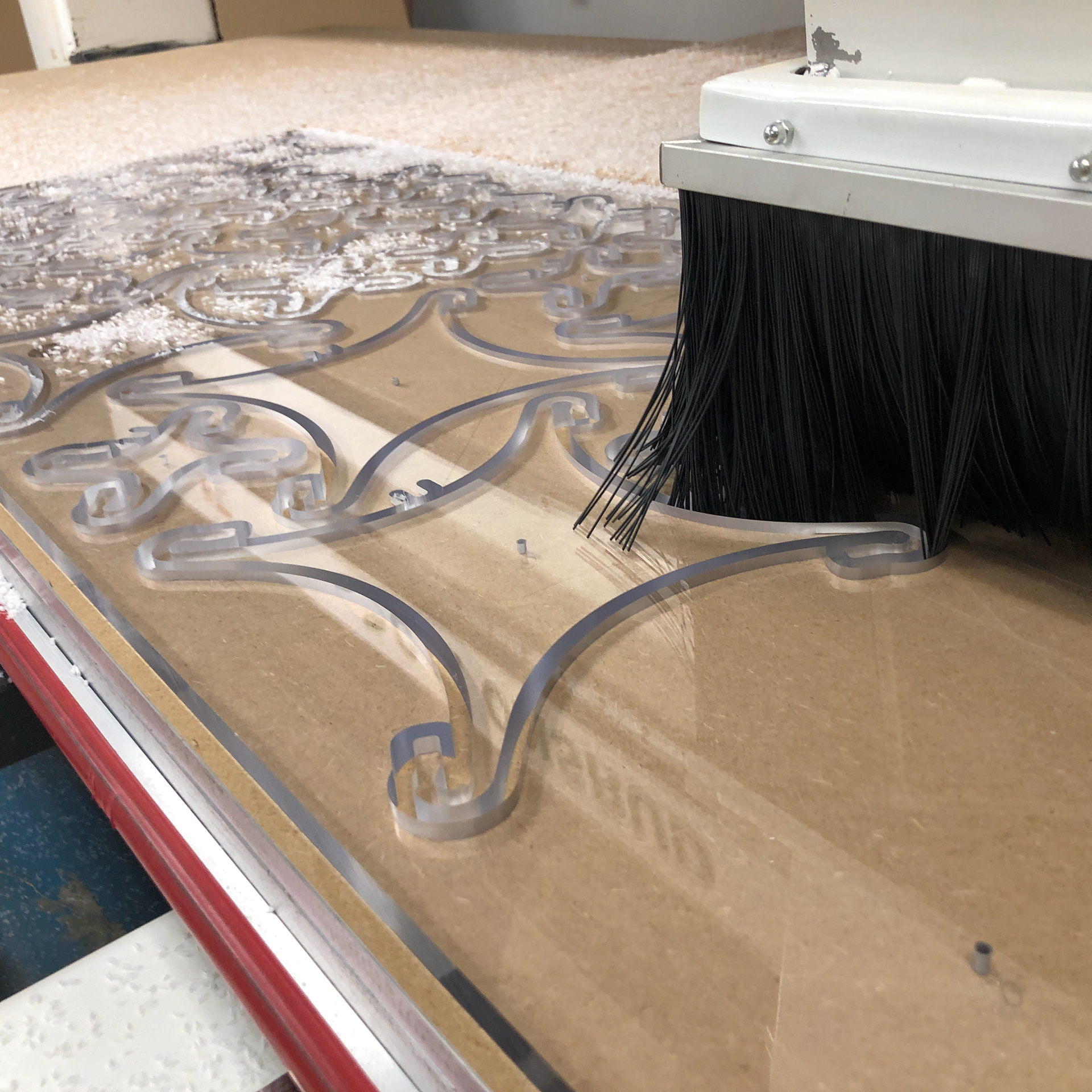
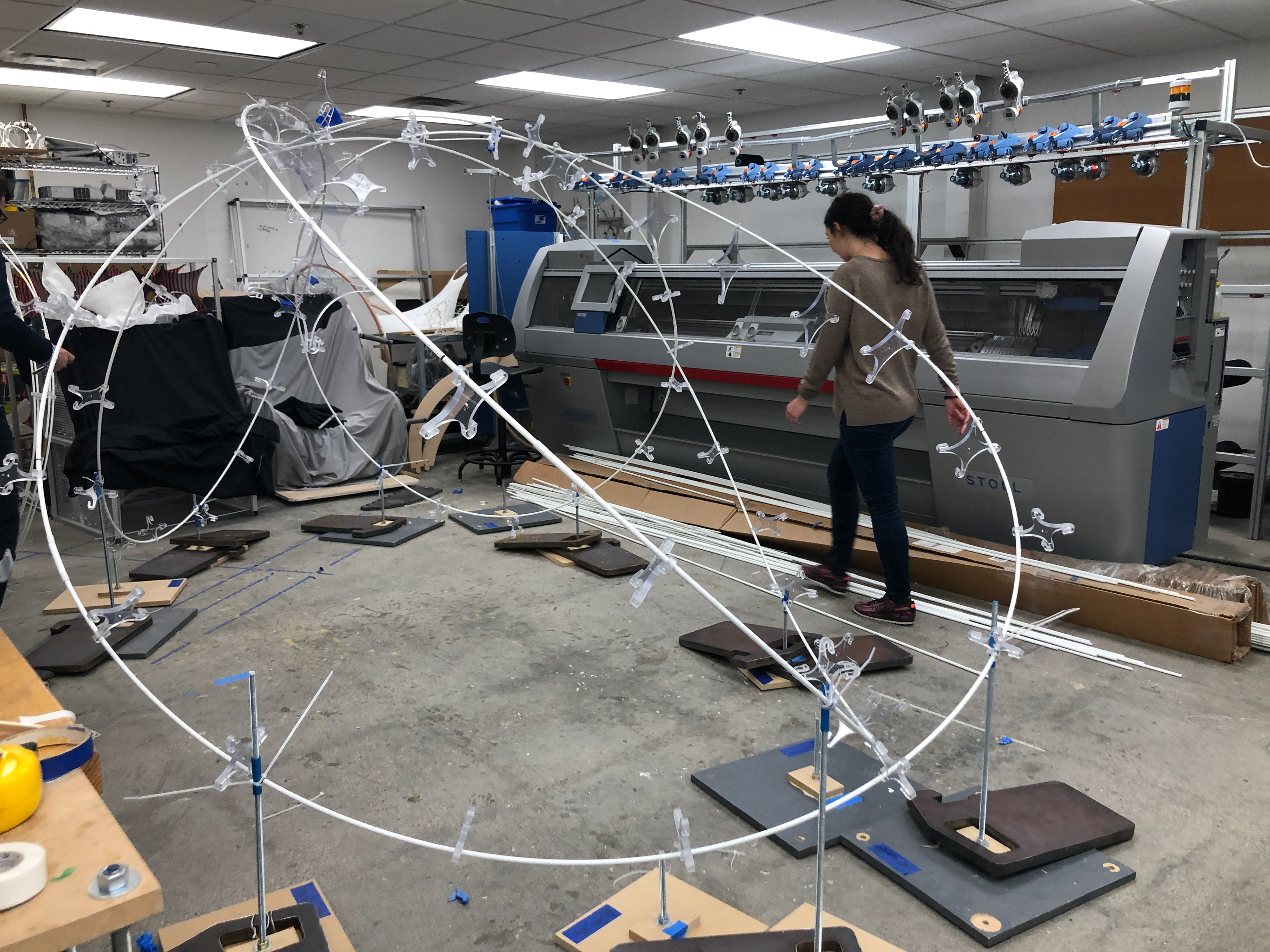
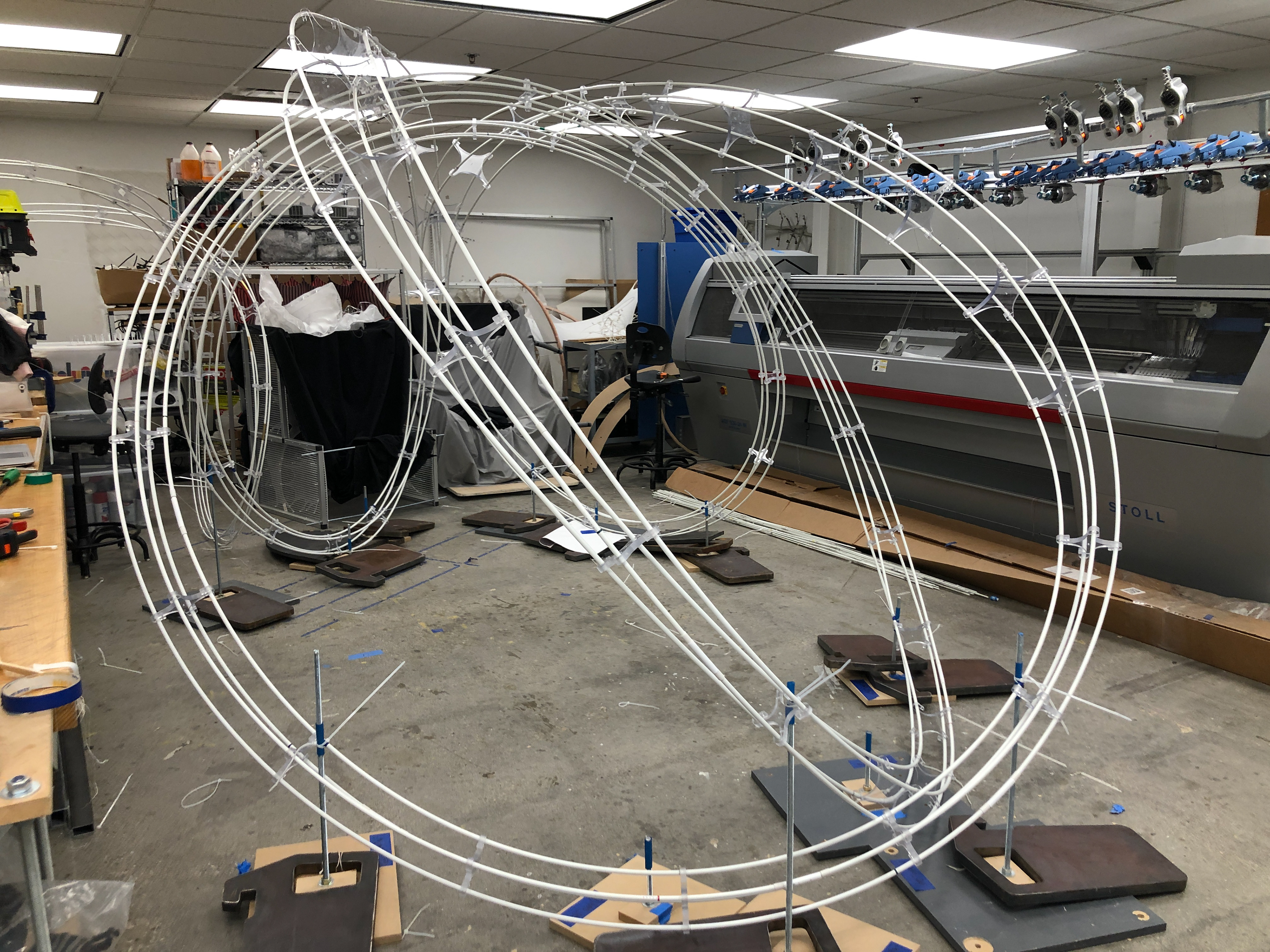
In order to generate customized floor patterns, we developed the grasshopper definition for laser-cut customized foam tiles in our school. After few rounds of testing different tolerance, we finally got to the tightly combined flooring system.
